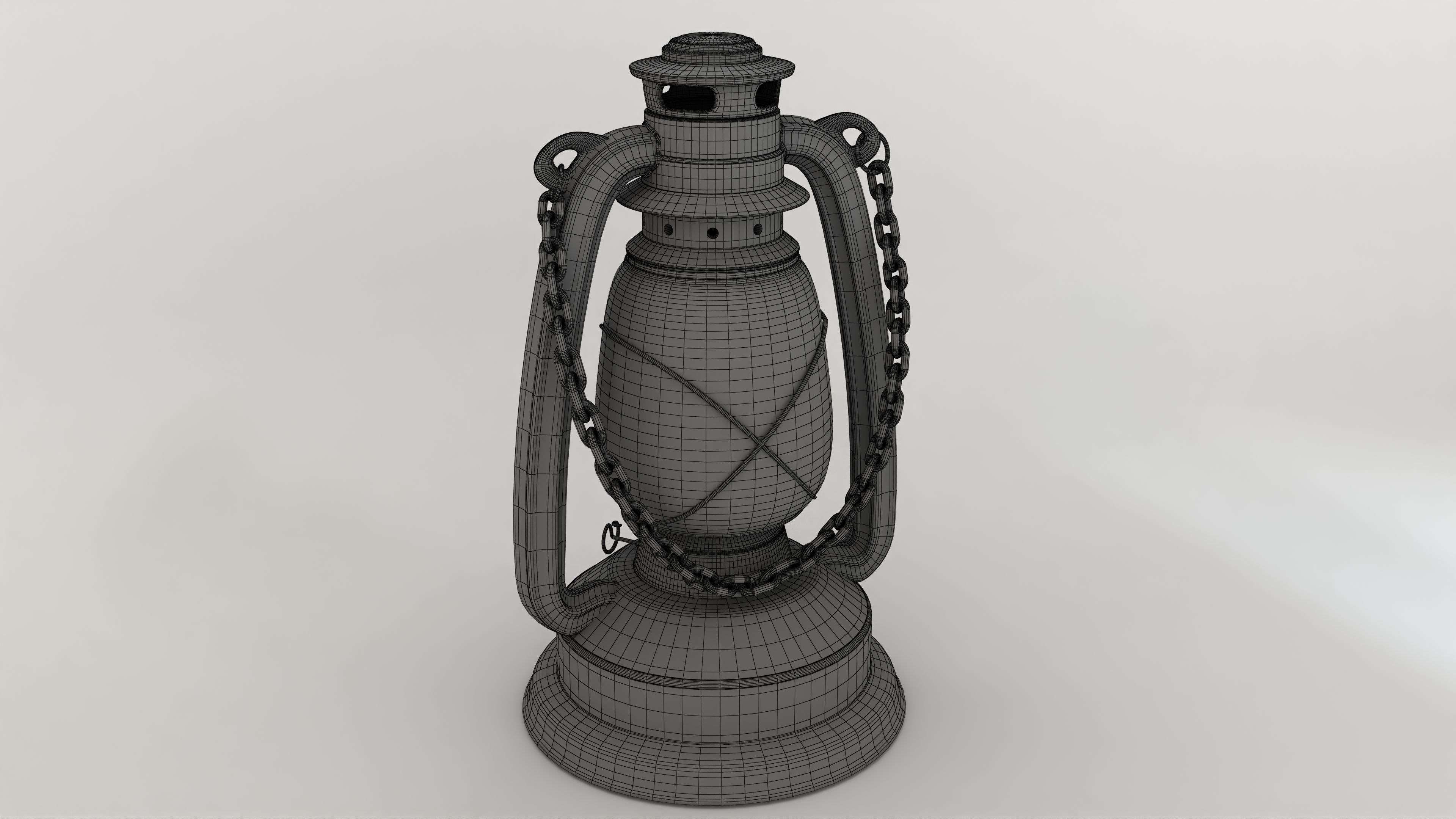
Oil Lantern 3D model
This Oil Lantern was modeled under 3Ds MAX 2020, the materials, Lighting and the rendering under V-Ray 7.
The oil lantern is a simple yet transformative invention that has illuminated human history for thousands of years. It has evolved from primitive beginnings to become an indispensable tool for lighting.
Ancient Origins (4500 BCE - 200 CE):The earliest oil lamps date back to around 4500 BCE in ancient Mesopotamia and Egypt. These rudimentary devices were made from clay, with a wick soaked in animal fat or vegetable oil to produce light. They were primarily used in homes, temples, and for rituals.
Classical and Medieval Eras (200 CE - 1500 CE):During the Greco-Roman period, oil lamps became more sophisticated, often crafted from bronze or terracotta with intricate designs. Olive oil was a common fuel, particularly in the Mediterranean. By the medieval era, the use of oil lamps spread across Europe, Asia, and the Middle East, reflecting regional artistic styles.
Industrial Advancements (18th - 19th Century):The oil lantern as we recognize it today emerged in the 18th century, with glass chimneys and metal reservoirs. The invention of kerosene in the mid-19th century by Abraham Gesner revolutionized lighting, as kerosene burned brighter and cleaner than earlier fuels. This made oil lanterns a staple in homes, streets, and transportation systems.
Decline and Legacy (20th Century - Present):With the advent of electricity in the late 19th and early 20th centuries, oil lanterns became less common in industrialized nations. However, they remain essential in rural areas, during emergencies, and as decorative or nostalgic items.
The oil lantern symbolizes humanity’s ingenuity and the desire to bring light into darkness, making it a timeless artifact of human culture and innovation.







